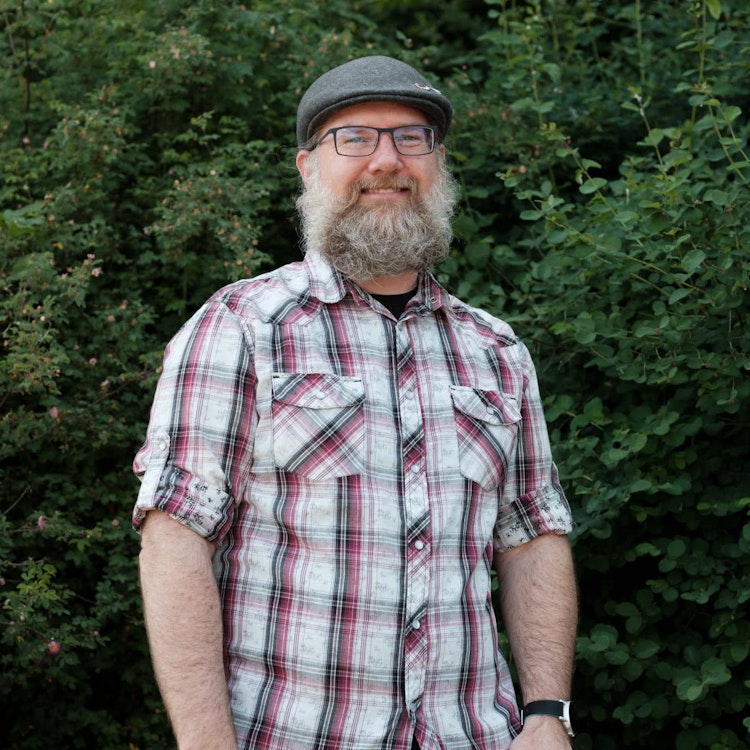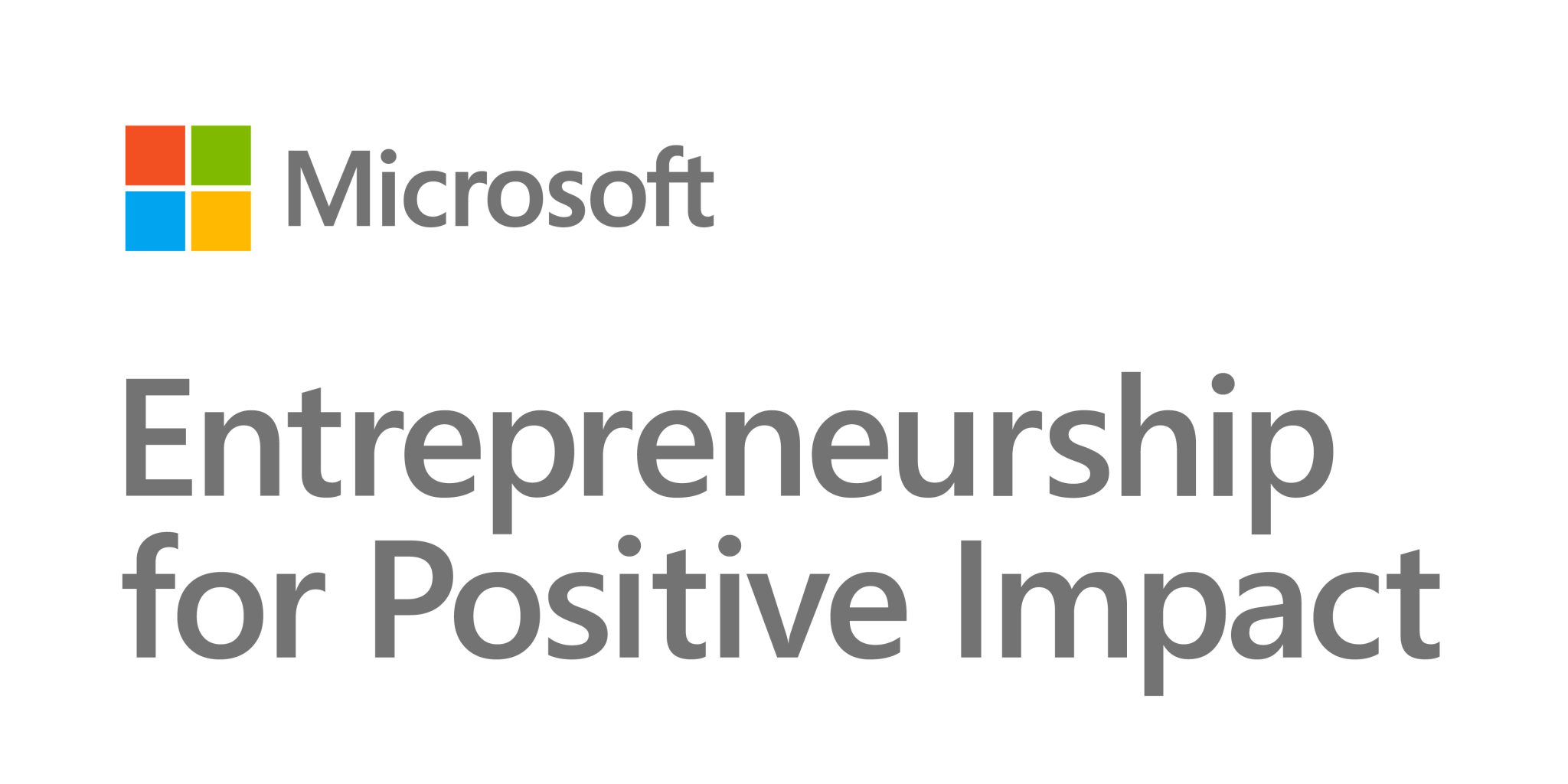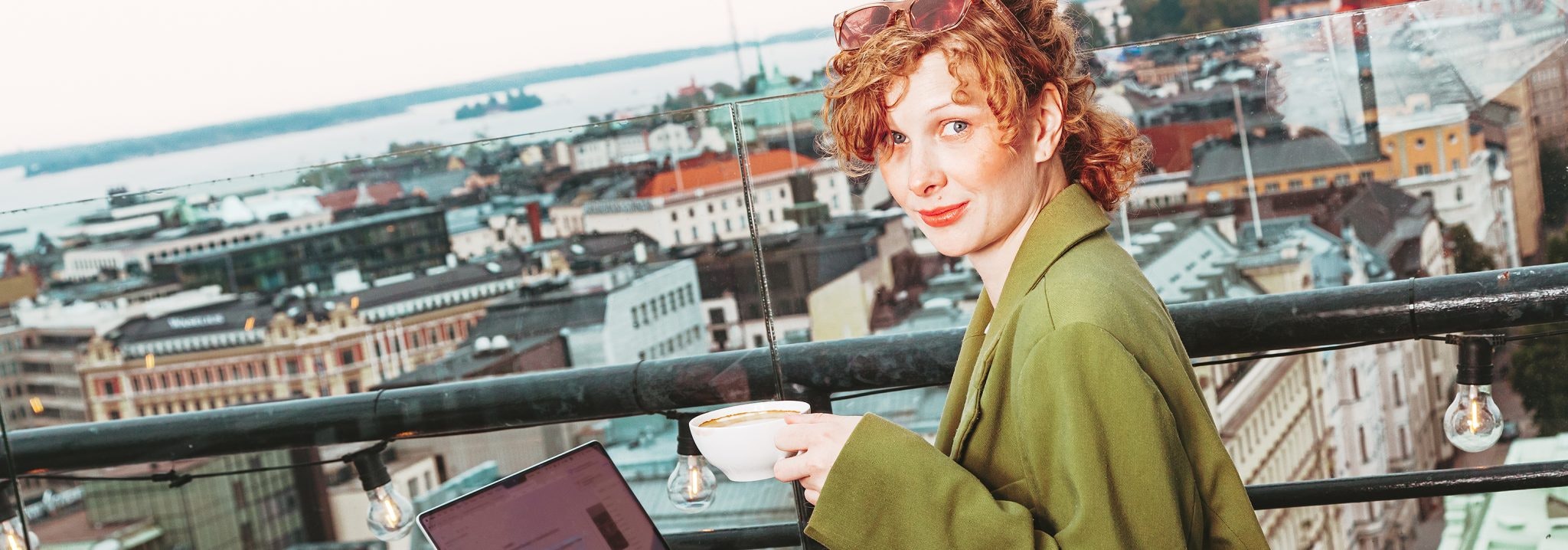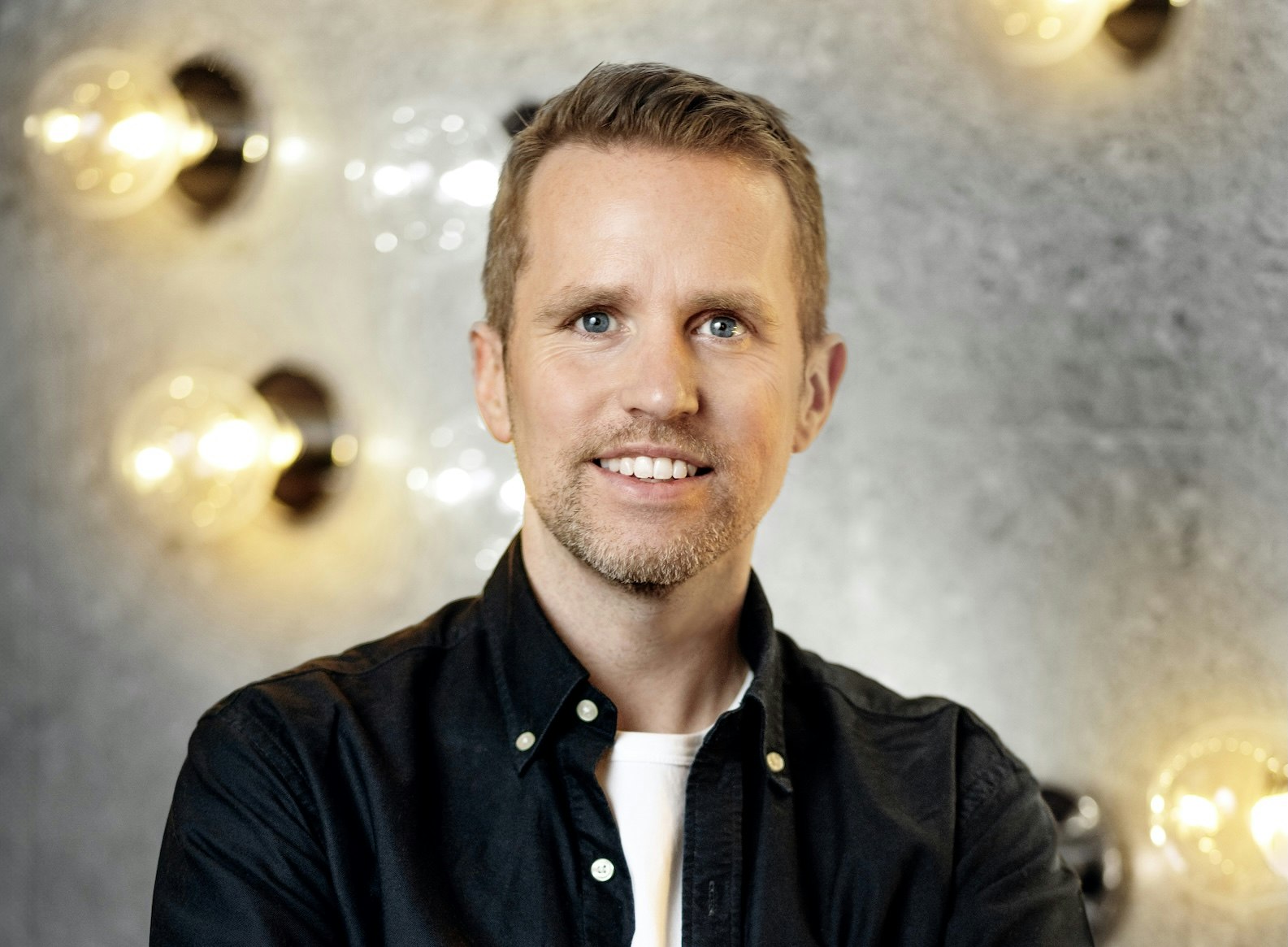Excitement around how AI can change the way we live and work has reached fever pitch — but less often discussed is how it could create a more inclusive, accessible world.
Yet the opportunity is vast. Sifted estimates the addressable market for disability tech is somewhere in the 2bn range, while PwC predicts AI could contribute nearly $16tn to the global economy by 2030.
In the UK, Signapse is a startup using AI to create virtual sign-language interpreters that respond in real time, while German-US startup Munevo makes smart glasses that translate head movements into wheelchair commands. Studies in Switzerland have even shown it could be possible to combine AI with brain implants to help paralysed people walk and talk again.
Disability is something that’s created when there’s a mismatch between the built environment or software, and what somebody’s capacity is.
Through various programmes, Microsoft has been supporting such startups. In 2018, the tech giant announced it would provide $25m-worth of grants over five years through its Accessibility Innovation programme. On top of this, its Entrepreneurship for Positive Impact programme supports impact entrepreneurs by connecting them to its customer ecosystem, providing coaching from senior Microsoft leaders and giving access to a range of technologies, including OpenAI credits.
“Disability is something that’s created when there’s a mismatch between the built environment or software, and what somebody’s capacity is,” says Aaron Gustafson, principal accessibility innovation strategist at Microsoft. “That exists on a spectrum — from a permanent disability all the way through to a temporary disability or situational disability, like someone who’s holding a baby and only has use of one of their arms.”
So how exactly is AI being used to shape a more inclusive and accessible future? We spoke to two European startups about how they are leveraging AI to scale up the potential of their platforms.
Streetco: Helping people with reduced mobility make more journeys
You’re meeting a friend for lunch somewhere new — so you fire up your favourite mapping app, tap ‘directions' and set off. Simple.
Only, it’s not so simple for everyone. In 2016, Parisian entrepreneur Arthur Alba found himself temporarily on crutches following an accident. The routes his phone was suggesting weren’t taking into account trip hazards like potholes — or errant Lime bikes. Travel became impractical.
“I stayed at home for two months because it was so difficult to move,” says Alba. “It got me to look at my city with another set of eyes.”
So Alba founded Streetco, a navigation app for people with disabilities and reduced mobility. While popular mapping tools let users find stair-free routes, Streetco goes further by asking users to specify their ability level — for example, whether they are blind, elderly or using a wheelchair.
I stayed at home for two months because it was so difficult to move. It got me to look at my city with another set of eyes.
Users can also upload pictures of ‘obstacles’, such as construction work or overgrown hedges, which are analysed and categorised using AI. Soon, Streetco wants to start using its AI to analyse public CCTV, so it can provide even speedier updates on what to watch out for. By combining this information, Streetco can tailor its routes for each user’s needs.
Alba says 15k people currently use Streetco’s app to move around and, according to the company’s own data, they are now making one additional journey per week compared to before.
The social impact of this cannot be underestimated, he says: “We don’t just want to get people moving. We want them to meet other people, go to the movies, to work, to the doctor and keep those social links.”
Novis Games: Making video games more accessible
Arianna Ortelli is passionate about two things — video games and sports.
While studying economics at Turin university, she combined the two: designing a table tennis game as part of a competition, where users play by swinging their phone like a paddle. 3D sounds (which mimic the effect of surround-sound speakers) and vibrations let players know where the ping-pong ball was.
“We were like, ‘this is amazing, we can play without using our eyes’,” Ortelli recalls. It got her thinking: how many video games can people with visual impairments play?
According to Ortelli, while there are over 1.2m video games out there in the world, just 24 of them are 100% accessible to visually impaired users. And with 253m blind and visually impaired people in the world, that means many are missing out on the fun of gaming.
In 2019, Ortelli teamed up with Marco Andriano, who is himself visually impaired, to launch Novis Games. The startup develops plug-and-play accessibility features for game developers, such as screen-readers and tools that adjust images to make it easier to see what’s going on on-screen.
Working with Microsoft’s Entrepreneurship for Positive Impact programme, Novis Games recently prototyped an AI model that automatically generates features such as audio descriptions — saving huge amounts of time compared to doing the work manually.
The new tech was tested on a game called “The Wardrobe” earlier this year. “We obtained a good result in just one week,” Ortelli says, adding that it was previously taking the company around three months to manually adapt a video game to the needs of blind and visually impaired players.





